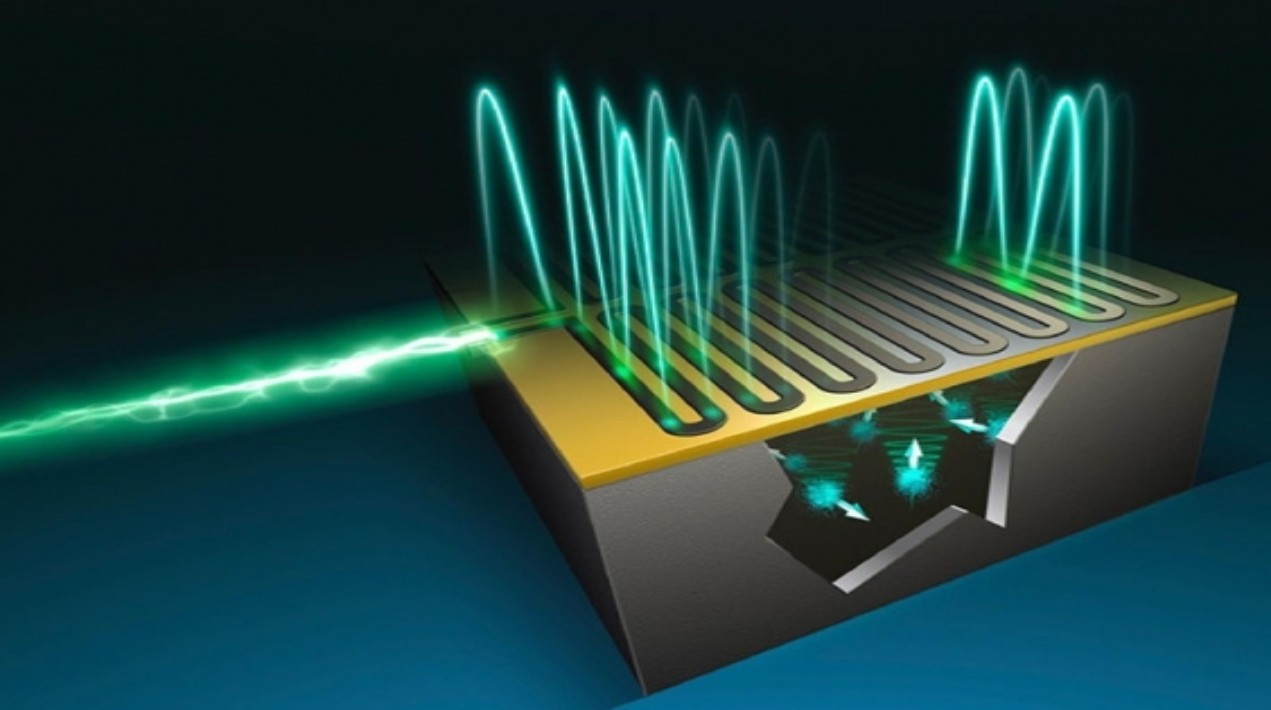
In a paper published in the Science Advances journal over the weekend, a team from the UNSW School of Electrical Engineering and Telecommunications, led by Associate Professor Jarryd Pla and colleague Scientia Professor Andrea Morello, presented a novel device that accurately measures the spins in materials.
According to Associate Professor Pla, the spin of an electron, which determines its orientation as either up or down, is a fundamental characteristic of nature. This property is used to store information in magnetic hard disks, generate images of internal body parts in MRI machines, and construct quantum computers.
Within the fields of chemistry, biology, physics, and medicine, a device called a spin resonance spectrometer is typically utilised to measure spins. Commercially available spectrometers often necessitate billions to trillions of spins for precise measurements. However, Associate Professor Pla and his team achieved the ability to measure electron spins in the thousands, signifying that their novel tool was roughly a million times more sensitive than existing models.
This accomplishment is noteworthy since numerous systems cannot be evaluated using standard commercial tools. For instance, systems like microscopic samples, two-dimensional materials, and high-quality solar cells contain an insufficient number of spins to generate a detectable signal.
The team’s discovery occurred almost serendipitously as they were in the process of designing a quantum memory component for a superconducting quantum computer. The aim of this memory component was to transmit quantum information from a superconducting electrical circuit to a collection of spins positioned underneath the circuit.
Wyatt Vine, one of the lead authors of the study, explains that the device did not work as planned as a memory element, but it turned out to be exceptional at measuring spin ensembles. The team discovered that by introducing microwave power into the device as the spins emitted their signals, they could amplify the signals before they exited the device. Moreover, this amplification was accomplished with minimal added noise, almost reaching the limit established by quantum mechanics.
Prior to this breakthrough, other highly sensitive spectrometers utilising superconducting circuits had been created, but they required numerous components, were incompatible with magnetic fields and had to be operated in frigid environments utilising costly “dilution refrigerators” that reach temperatures as low as 0.01 Kelvin.
In this novel development, Associate Professor Pla and his team succeeded in incorporating all the necessary components onto a single chip. According to him, the team’s new technology combines several vital components of the spectrometer into a single device, and it is compatible with relatively large magnetic fields.
This feature is significant since the spins need to be located in a field of roughly 0.5 Tesla, which is ten thousand times more powerful than the Earth’s magnetic field. Moreover, the device can function at a temperature over ten times higher than previous models, eliminating the need for a dilution refrigerator.
Associate Professor Pla has stated that the UNSW team has patented the technology and is exploring the potential for commercialisation. However, he emphasised that further work is necessary before this can be achieved.
The technology has been patented and there is potential for commercialisation, provided that further development work is done. He stated that if the technology is refined, it could be packaged and made available to other researchers to provide a sensitivity boost when integrated into their existing commercial systems.
This would be especially beneficial for chemists, biologists, and medical researchers who currently rely on tools from large tech companies that, although functional, could be significantly improved with more sensitive technology.
















